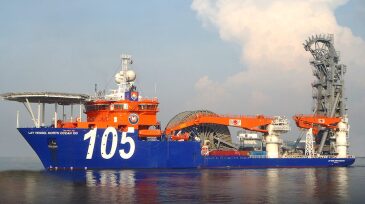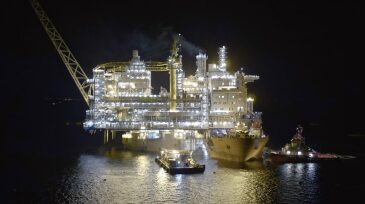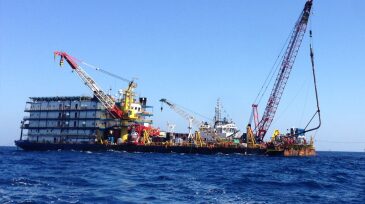Offshore/subsea systems
Vår Energi ASA and partners have officially sanctioned the Previously Produced Fields Project in the Greater Ekofisk Area. The redevelopment is expected to add high-value barrels starting in 2028, extending the production life of one of Norway’s key offshore regions.
Sponsored
As HPHT wells push equipment to the edge of material limits, operators are turning to advanced thermoplastics and sealed electrical assemblies to maintain system integrity. From ESP insulation to BOP control systems, the right component design can prevent failures, lower intervention costs, and extend equipment life in the harshest offshore environments.
The new development is estimated to hold 46 million bbl of recoverable oil and is planned to start up in late 2028.
-
Aker Solutions and FSubsea have agreed to a joint venture, named FASTSubsea, to help operators increase oil recovery.
-
From its record high in 2014, purchases of subsea equipment and SURF fell around 50% until reaching a low in 2018. New data suggest that the subsea market will be a top-performing oilfield service segment.
-
The past year ended with a surge of subsea tree awards as E&P operators locked in lower supply-chain cost. Will demand continue to grow in 2019 and allow subsea OEMs to build backlogs and take back pricing power?
-
Anadarko Mozambique Area 1, LTDA, a subsidiary of Anadarko Petroleum Corp., named the preferred tenderers for provision of the subsea production systems. Formal award will follow final agreement of contracts and Mozambique LNG taking a final investment decision, expected in the first half of this year.
-
LLOG’s subsea pipeline tiebacks and structures connecting the Stonefly development to the Ram Powell platform are scheduled to be installed in Q3 2019.
-
Testing will be performed at DNV’s labs in Columbus, Ohio, and Norway and overseen by experts in fatigue of subsea equipment, bolting connections, cathodic protection, and instrumented tests.
-
A project of “firsts,” Equinor’s Aasta Hansteen spar platform began producing gas on 16 December, opening a new region for gas export to Europe and the UK.
-
Westwood forecasts a recovery in the subsea market backed by a new wave of offshore investment. Subsea vessel operations and hardware expenditure are expected to total $152 billion from 2019 to 2023.
-
The firm hopes to remedy the cost-, labor-, and time-intensive process of executing offshore projects through deployment of “Subsea Connect,” which it says can cut project development costs by 30%.
-
As part of a 2-year deal, the Kreuz Glorious will help with the inspection of offshore jackets in the Arabian Sea. Kreuz will also provide personnel for project management and offshore construction.












